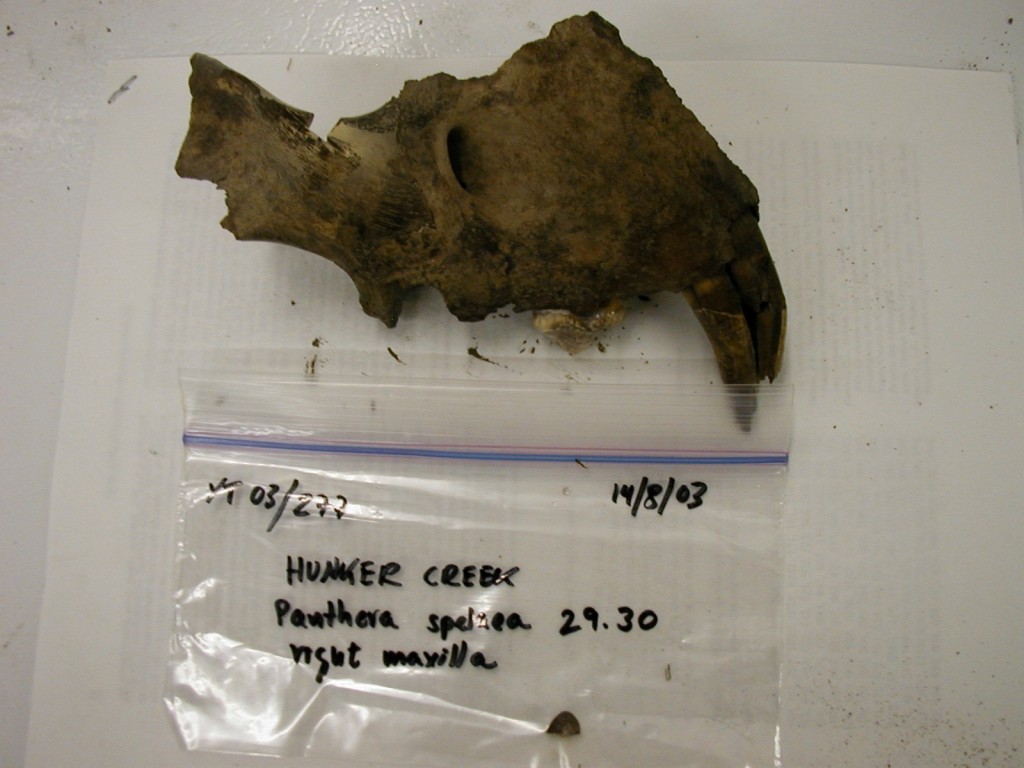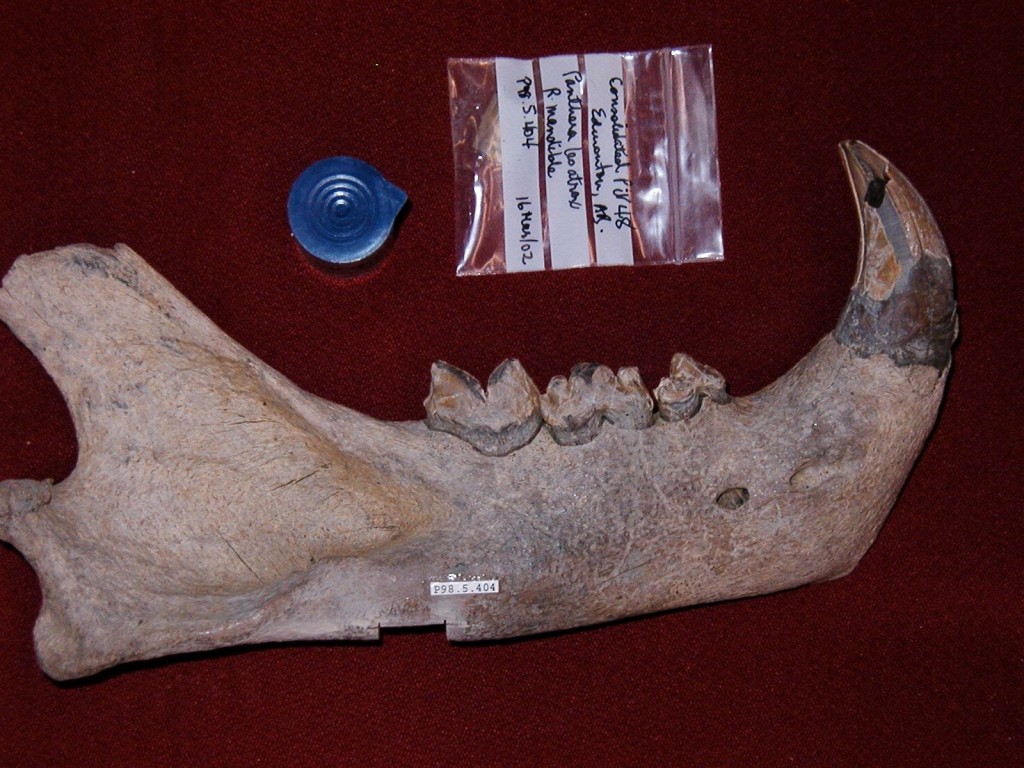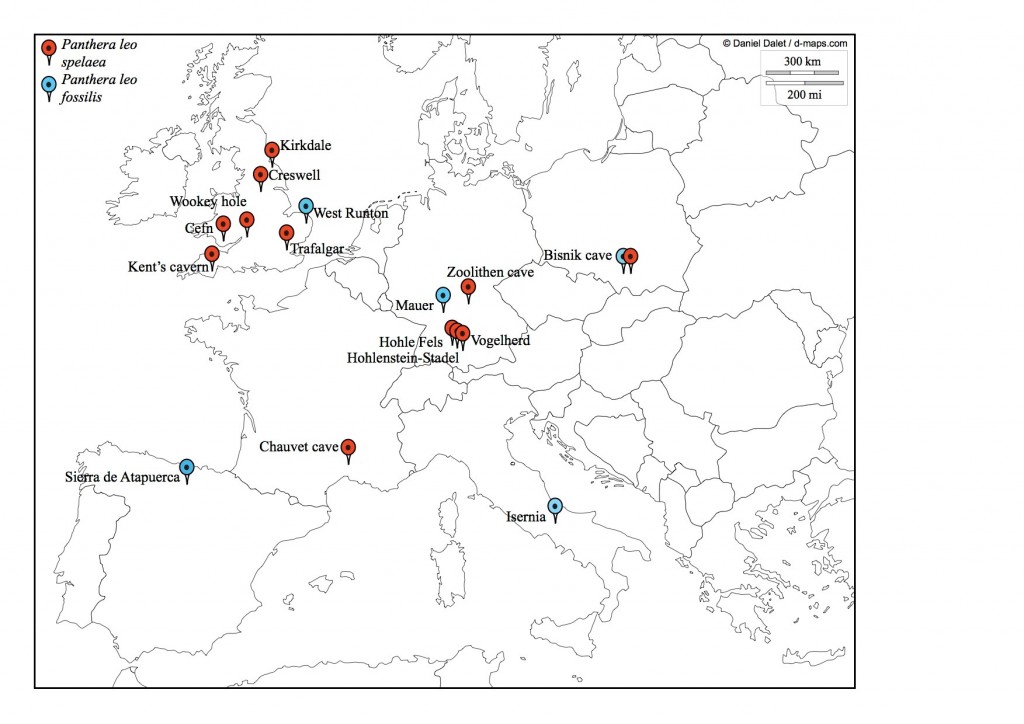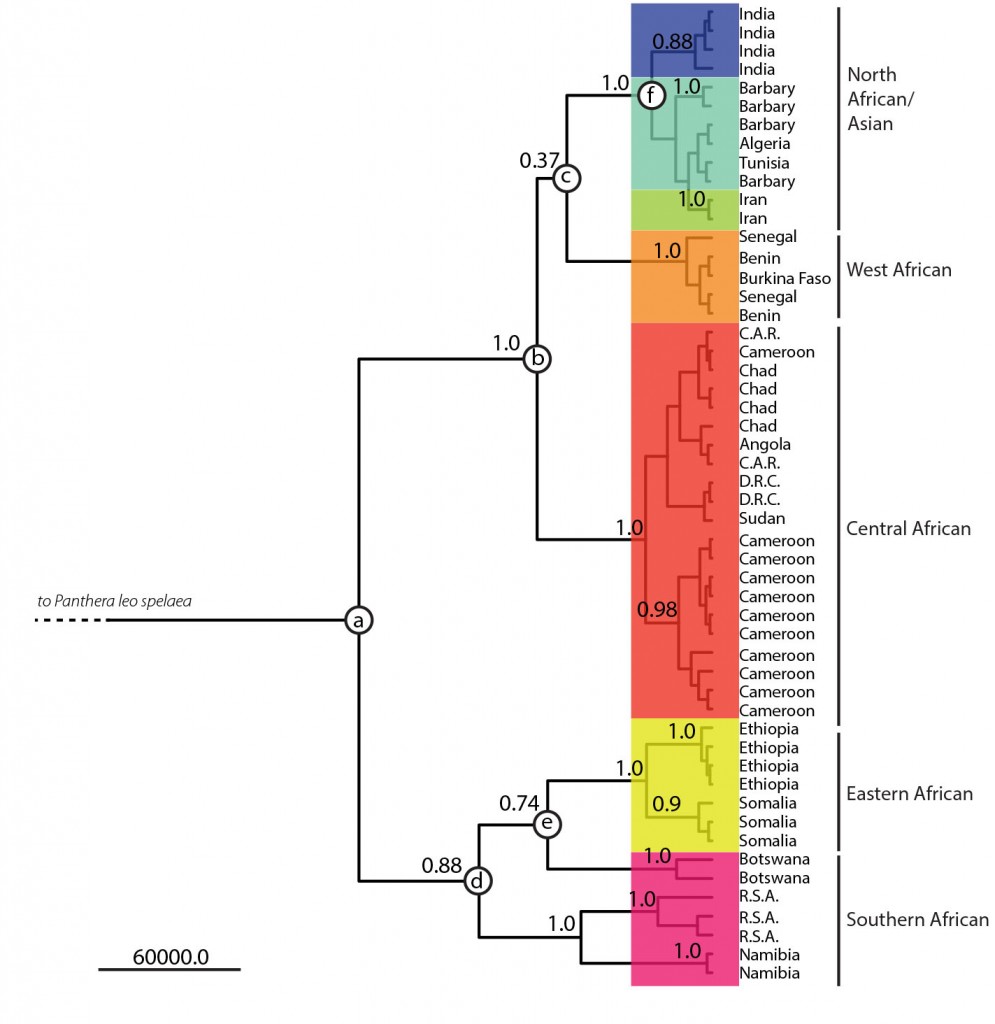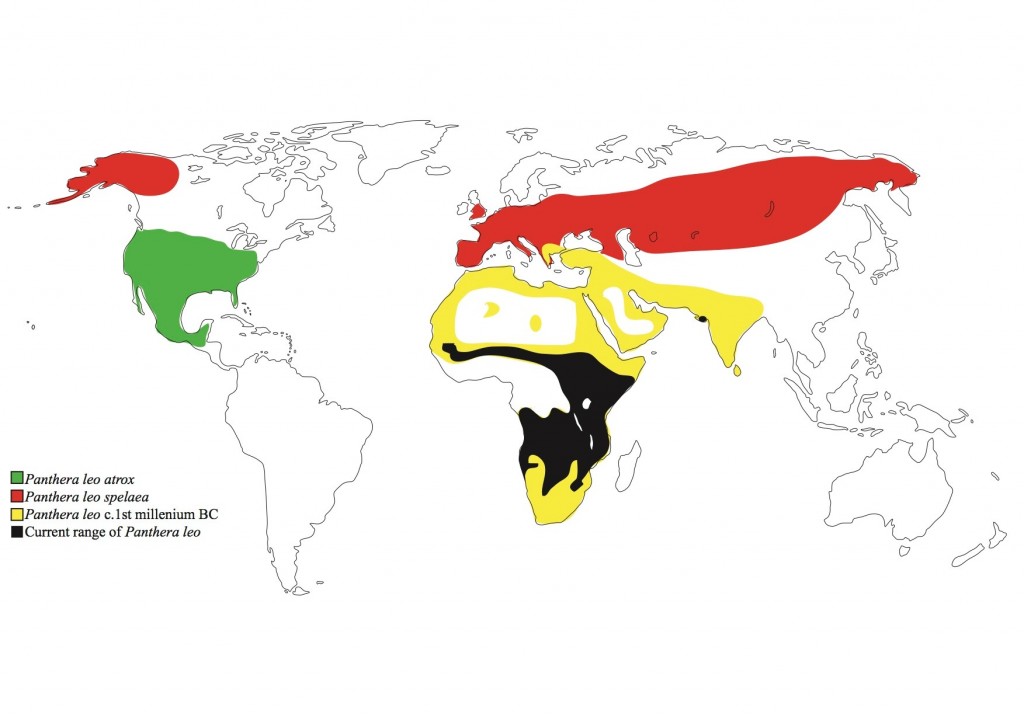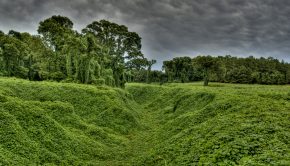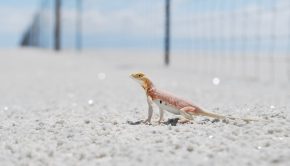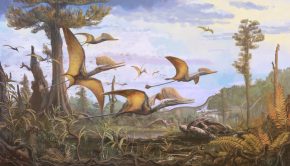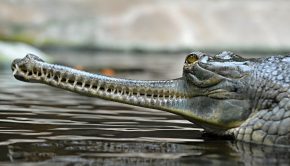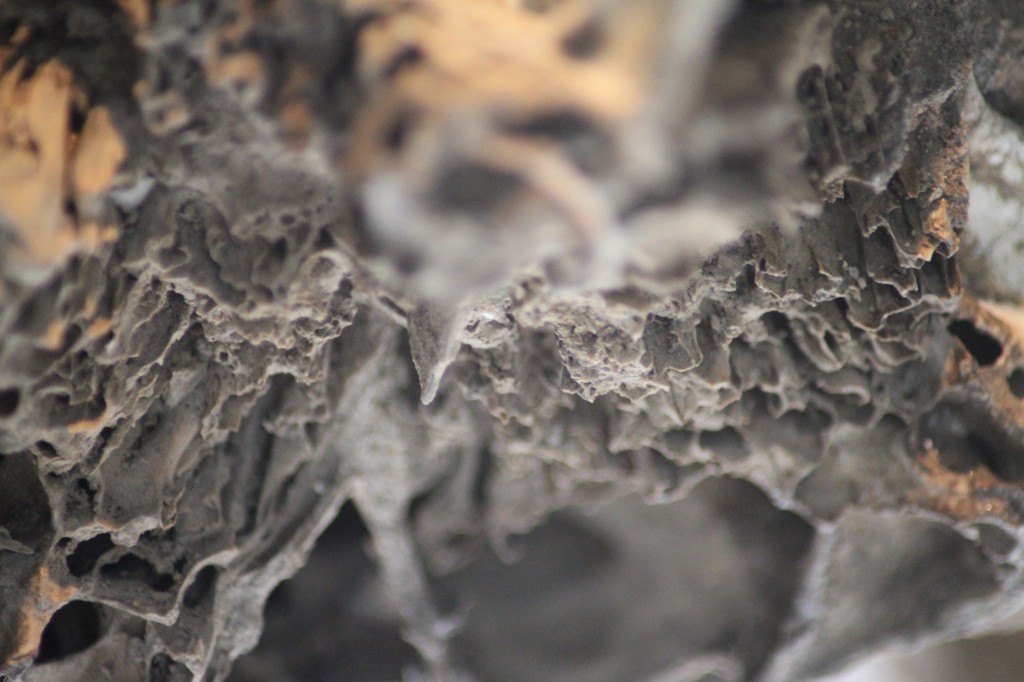Episode 43: Ancient DNA
DNA (deoxyribonucleic acid) is a molecule that encodes the genetic information within every species of life on earth. The information contained within the sequence of base pairs determines how any given organism develops and biologically functions.
DNA is not just limited to the biological study, but is also now being utilised in palaeontology. But why is DNA not normally preserved? What’s the oldest DNA we can recover? And what can we learn about fossil animals from their DNA? We spoke to ancient DNA expert Dr Ross Barnett in order to get answers.
Podcast: Download (Duration: 53:28 — 73.4MB)
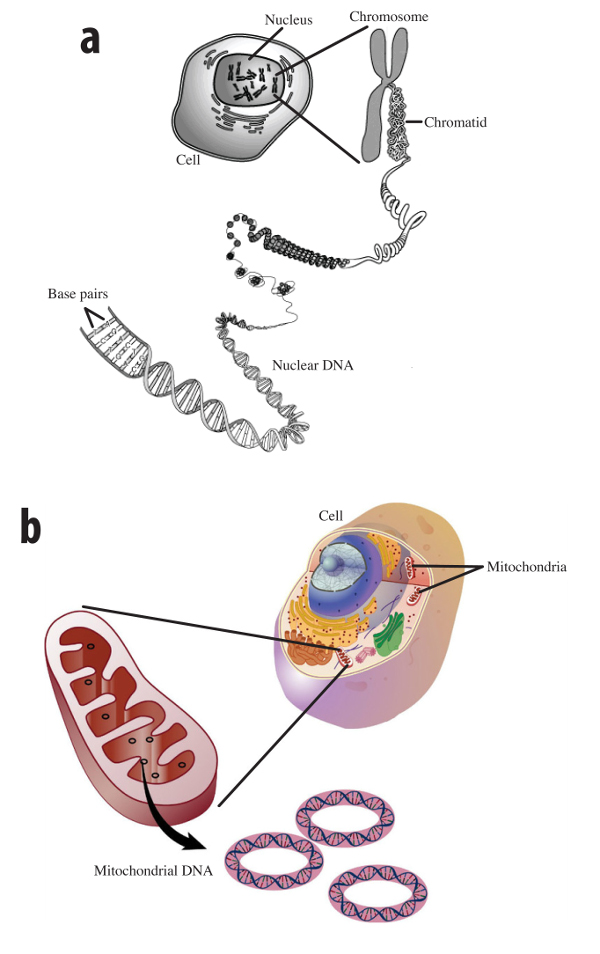
The two major types of DNA found in all multicellular organisms: (a) nuclear DNA in the cell nucleus and (b) mitochondrial DNA in cell organelles called mitochondria. b. Modified after original by National Human Genome Research Institute. From Heintzman 2013, CC-BY 3.0.
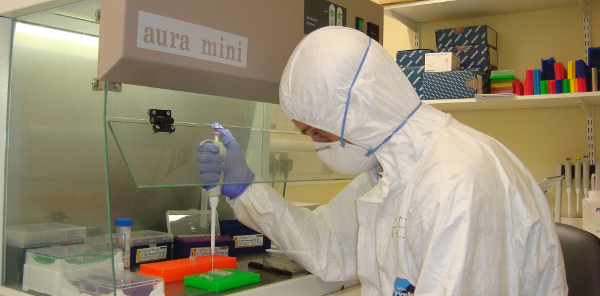
The study of fossil DNA relies on many of the same extraction and amplification techniques as modern DNA, but much care has to be taken to ensure that the genetic material of contaminants isn’t sequenced by mistake. From Heintzman 2013, CC-BY 3.0.
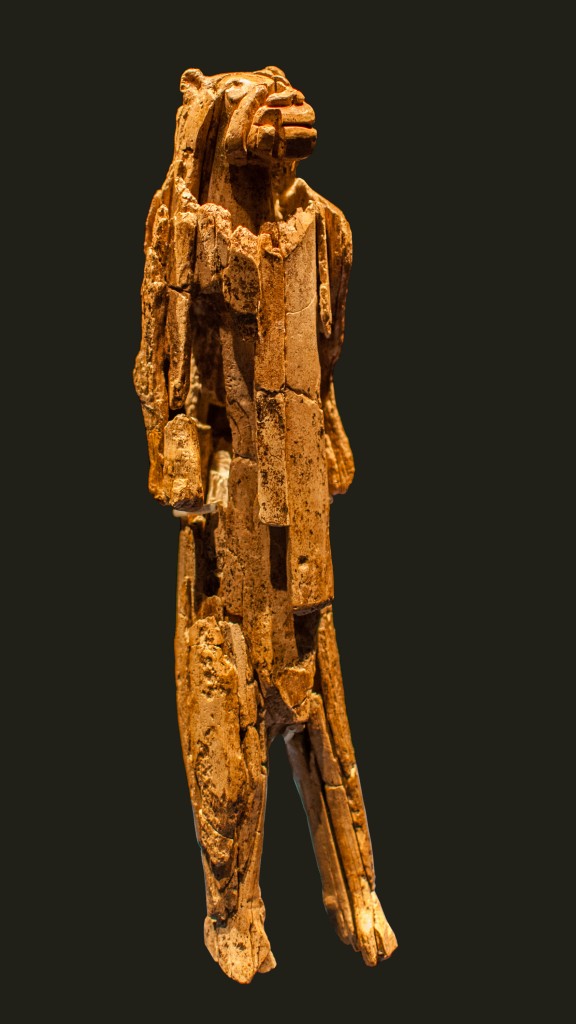
Reconstruction of the Löwenmensch from Hohenstein-Stadel. Other smaller lion-human hybrid sculptures are known, showing this isn’t a one-off, but part of a palaeolithic culture with a fascination in lions. Image credit: Dada629 CC BY-SA 3.0.

